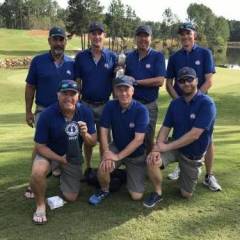IGNORED
Speed Training and Non-Dominant Swings
-
Topics Being Discussed Right Now on The Sand Trap
-
- 6,645 replies
- 263,900 views
-
- 10 replies
- 1,764 views
-
- 3 replies
- 230 views
-
"5 Minutes Daily" Practice Challenge 1 2 3 4 841
By iacas, in Instruction and Playing Tips
- 5 minutes daily
- dedication
- (and 6 more)
- 15,136 replies
- 913,644 views
-
- 46 replies
- 10,153 views
-









Recommended Posts
Create an account or sign in to comment
You need to be a member in order to leave a comment
Create an account
Sign up for a new account in our community. It's easy!
Register a new accountSign in
Already have an account? Sign in here.
Sign In Now